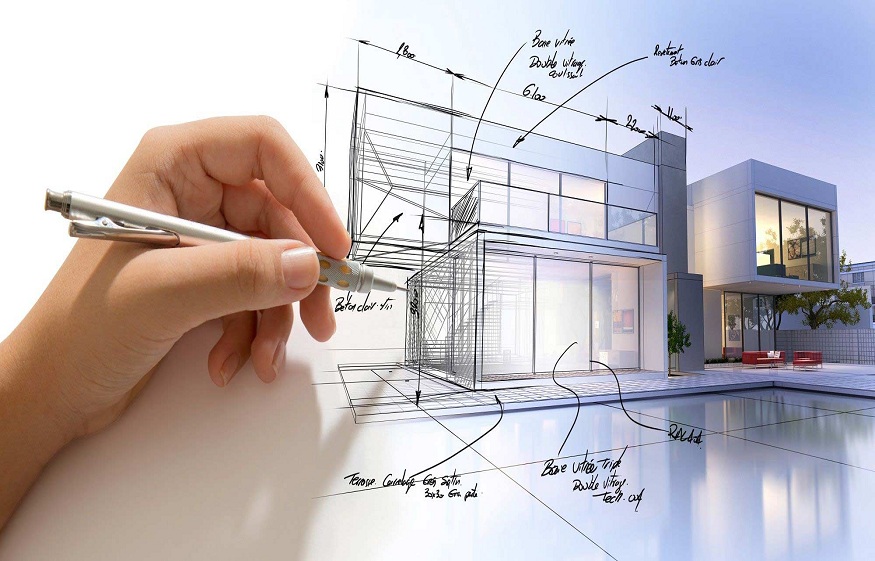Architectural design has a significant influence on creating inspiring learning environments. Windows, doors, and spatial design can impact educational spaces and enhance the ambiance, functionality, and educational outcomes. From harnessing natural light and ventilation through strategically placing windows and doors to designing welcoming entrances and facilitating efficient circulation, architectural choices profoundly shape the learning experience. The exploration delves into the transformative role of design in promoting effective teaching and learning environments.
1. Harnessing Natural Light and Views
Natural light and views play a crucial role in creating inspiring learning environments. Thoughtful architectural design incorporates window and doors strategically to maximize the influx of natural light, resulting in bright and welcoming spaces. Ample natural light has proven to enhance mood, focus, and overall well-being, positively impacting student and teacher performance.
Also, windows provide views of the surrounding environment, connecting learners with the outside world and fostering a sense of inspiration and curiosity. Natural light and views improve educational spaces’ aesthetics and contribute to a positive and stimulating learning atmosphere.
2. Adequate Ventilation and Enhanced Indoor Air Quality
Ventilation and indoor air quality are essential considerations in architectural design for creating healthy learning environments. Proper ventilation allows for exchanging fresh air, removing airborne pollutants, and maintaining optimal indoor air quality. Well-designed ventilation systems, including operable windows and efficient air circulation, contribute to the comfort and well-being of students and educators.
Well-placed windows and doors help regulate temperature, prevent the build-up of stagnant air and dust particles, and control humidity levels. By ensuring good ventilation, educational spaces promote a healthier atmosphere, reducing the risk of respiratory issues and enhancing overall cognitive function and student performance.
3. Helps Delienate Zones While Maintaining Visual Connectivity
Architectural design is crucial in creating distinct learning zones within educational spaces while maintaining visual connectivity and a sense of openness. For instance, strategically placed large windows in a library or study area can create a serene atmosphere while offering views of nature or a courtyard, promoting a sense of calm and inspiration.
These windows separate physically from external distractions, such as noise or foot traffic, while visually connecting with the surrounding environment. The combination allows students to remain focused and engaged while enjoying the benefits of natural light and the refreshing views outside.
4. Effective Acoustics and Sound Control
Acoustics and sound control play a crucial role in architectural design, especially in educational spaces such as classrooms, lecture halls, and specialized rooms like studios and music rooms. These spaces can create an environment that supports optimal learning conditions by addressing acoustics. For instance, proper acoustics are essential in a music room or studio to enhance sound quality, minimize echoes, and create an ideal setting for musical performances, recordings, and practice sessions.
Double-glazed or impact windows with acoustic properties can complement efforts of sound-absorbing walls, ceilings, and floors and help isolate the room from external noise sources, allowing musicians and audio professionals to work in a focused and controlled acoustic environment. Optimizing acoustics in educational spaces promotes better concentration, comprehension, and overall academic performance.
5.Enhances Aesthetic Appeal and Inspiration in Educational Facilities
Aesthetic appeal and inspiration are significant aspects of architectural design in educational spaces. Incorporating visually pleasing elements, such as quality replacement windows and doors, enhances the overall ambiance and inspires students and educators. Well-designed windows can offer captivating views, connect the interior with the outside world, and introduce natural light, creating a positive and inviting atmosphere.
Similarly, aesthetically pleasing doors can serve as focal points and make a memorable first impression. By paying attention to the aesthetic aspects of architectural design, educational spaces can evoke a sense of pride, creativity, and motivation, fostering an environment that inspires learning and personal growth.
Conclusion
Architectural design can incorporate thoughtful designs incorporating window designs and placement to create inspiring learning environments. Quality windows and doors can transform educational spaces into vibrant and functional settings that promote student engagement, well-being, and academic success by considering natural light, ventilation, spatial layout, acoustics, safety, and aesthetics. Thoughtfully designed windows, doors, and overall architectural elements create spaces that inspire and motivate learners, fostering a positive and conducive atmosphere for teaching, learning, and personal growth.

